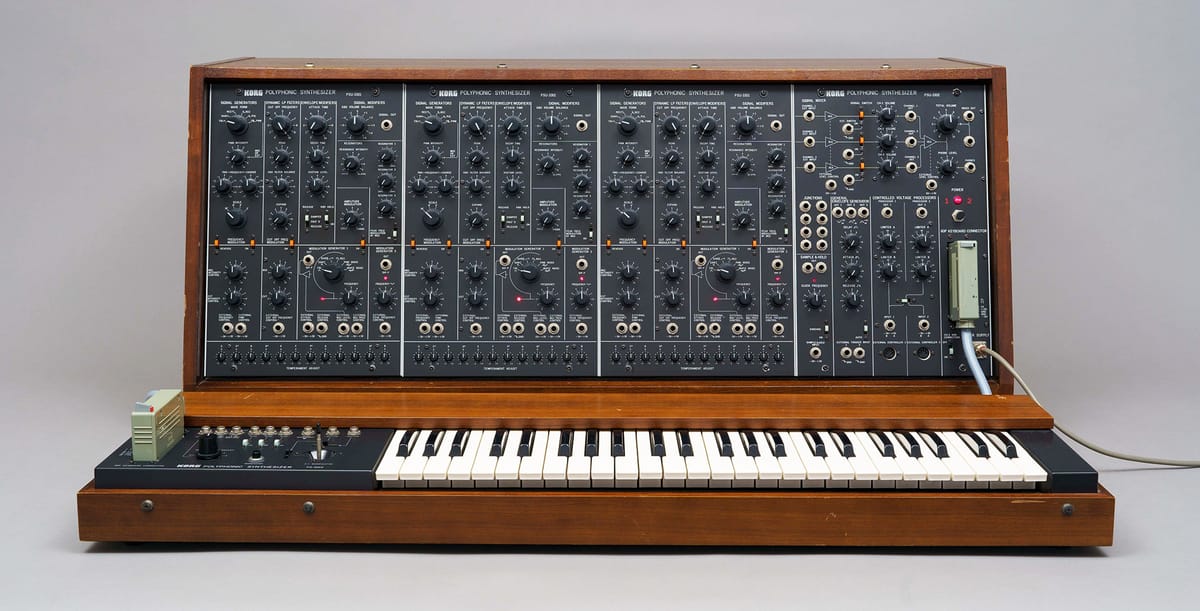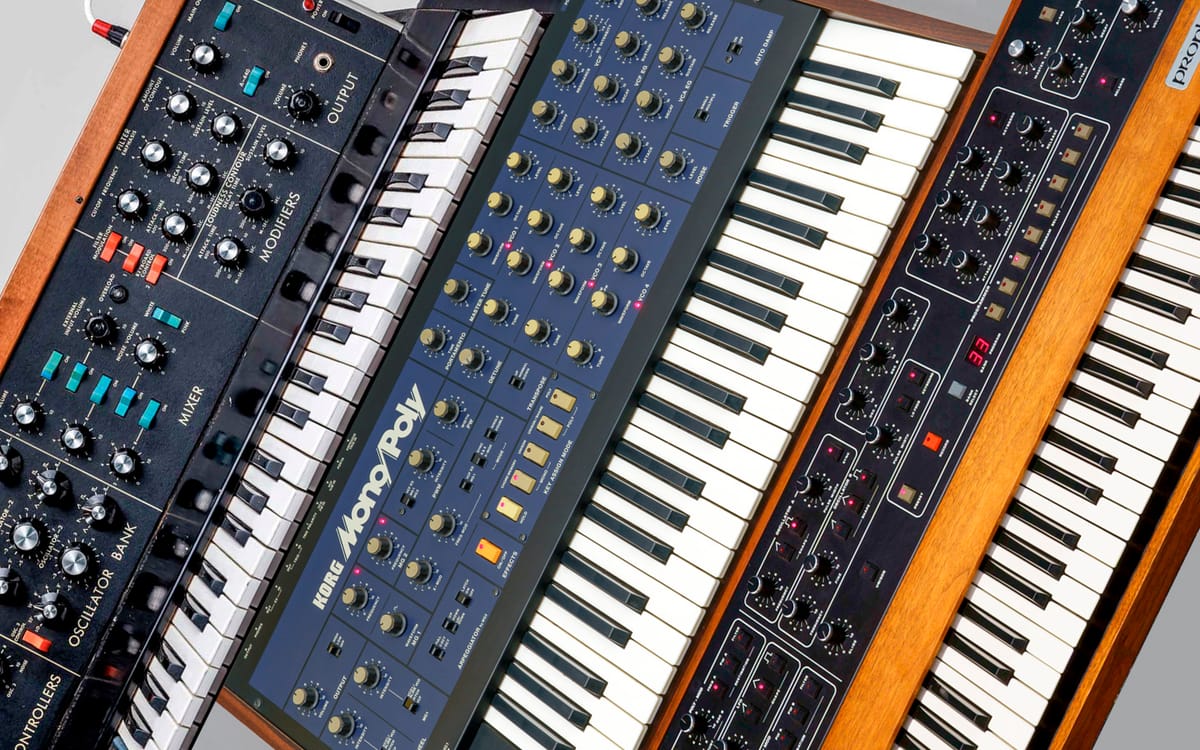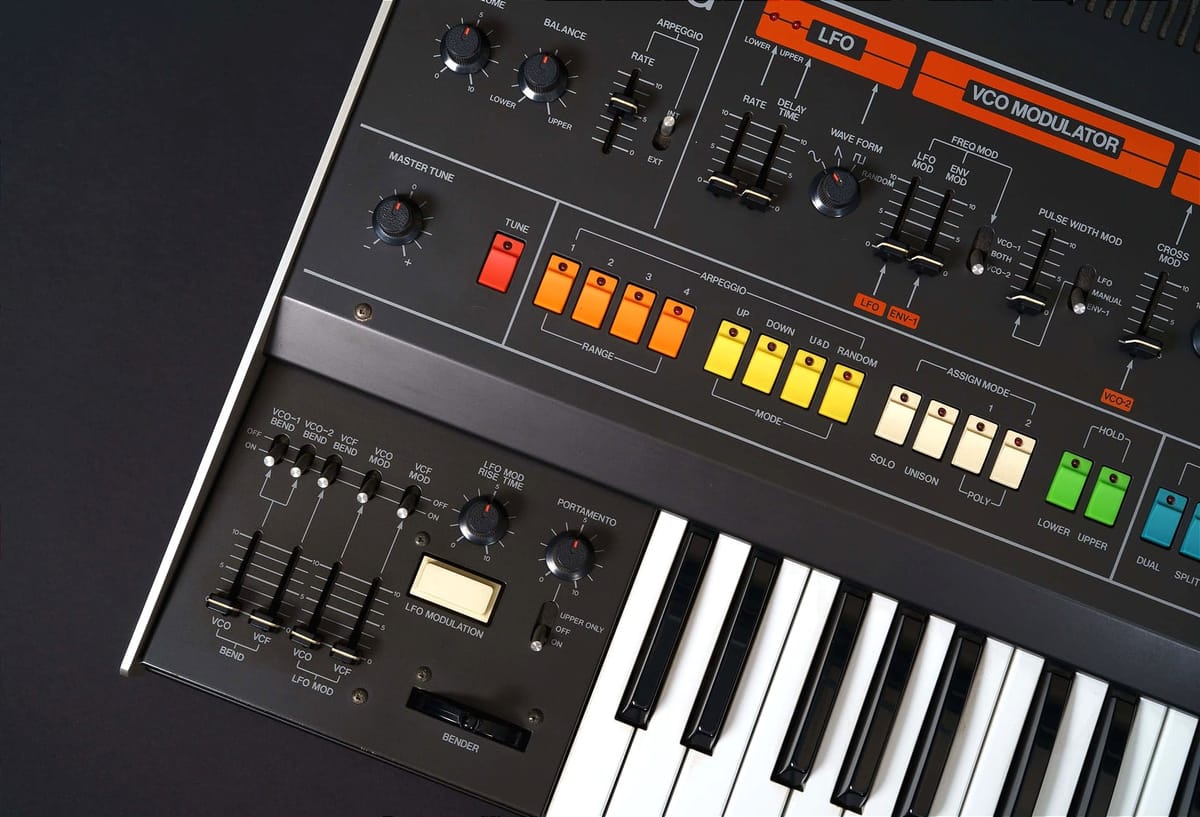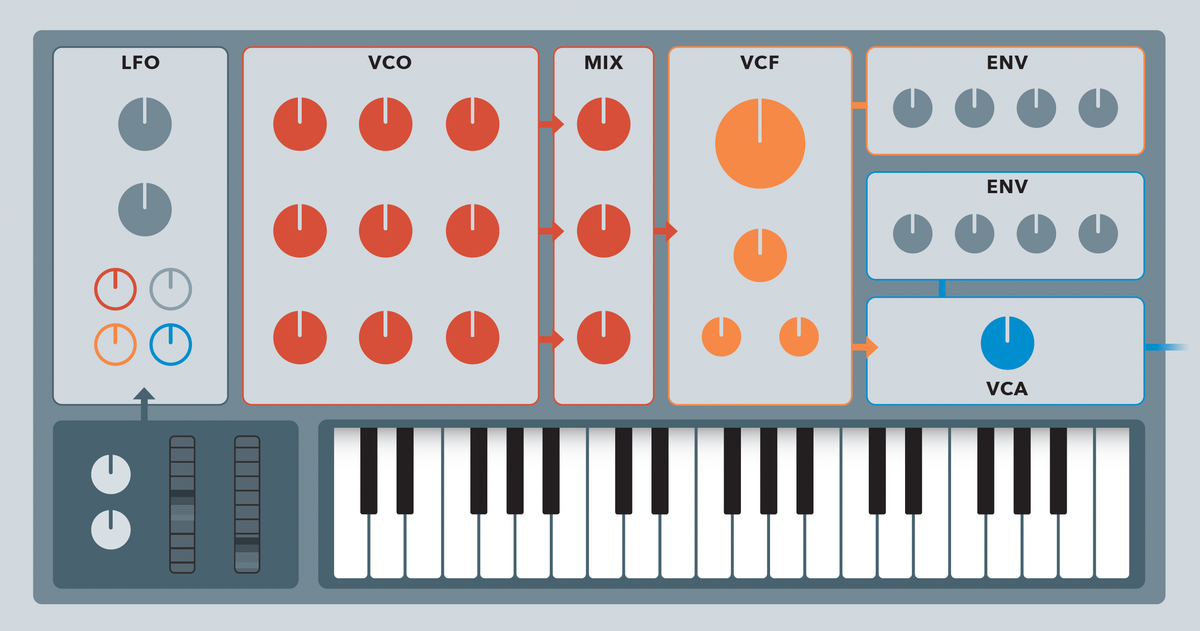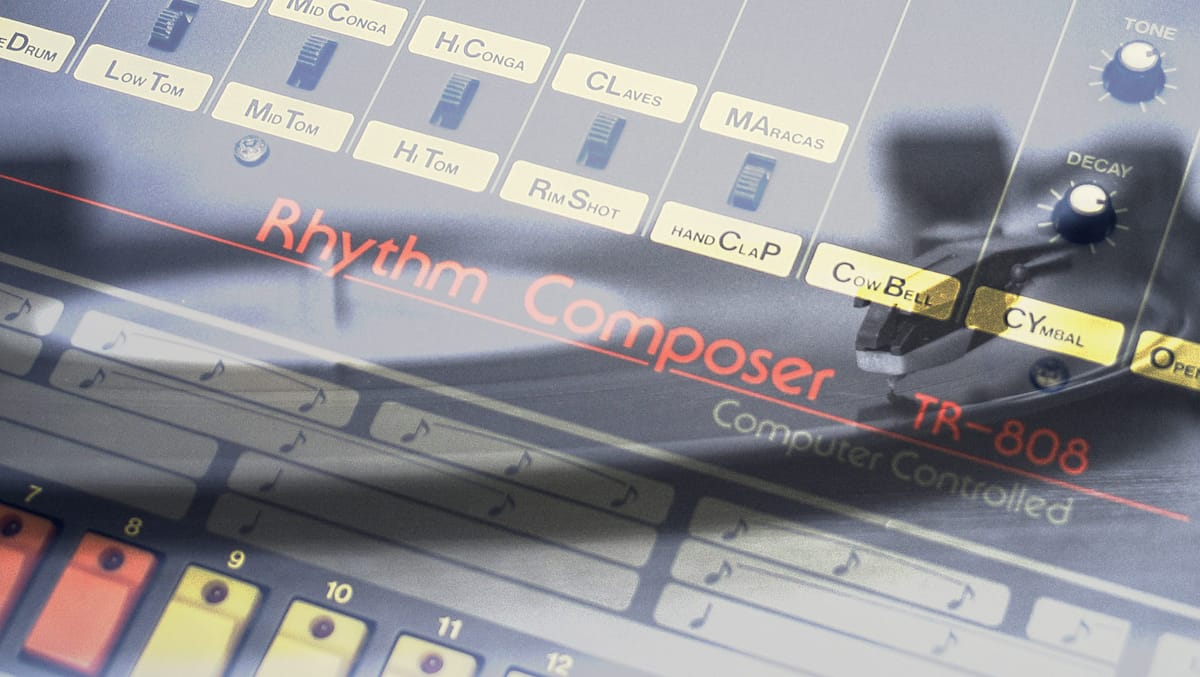
One machine, many genres
From pop ballads to electro, techno, and trap, the Roland TR-808 has powered countless genres since its debut. Born on stage with Yellow Magic Orchestra and immortalized in “Planet Rock,” its deep kicks and crisp snares still influence music today.






